
2023-12-06 06:25:00
U.S. INFRASTRUCTURE INVESTMENT $1.2 TLN
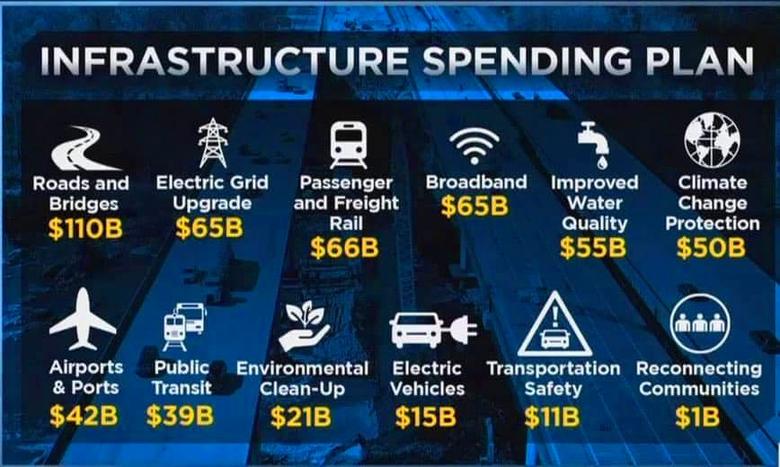
By MARY SCOTT NABERS President & CEO , Strategic Parnerships, Inc
ENERGYCENTRAL - Nov 29, 2023 - Two years after the passage of the Infrastructure Investment and Jobs Act (IIJA), also called the Bipartisan Infrastructure Law (BIL), an estimated $492 billion remains in federal funding for American infrastructure projects. However, it is crucial to note that there’s a ticking clock because the remaining funding is allocated solely for use between 2024 and 2026.
Earlier:
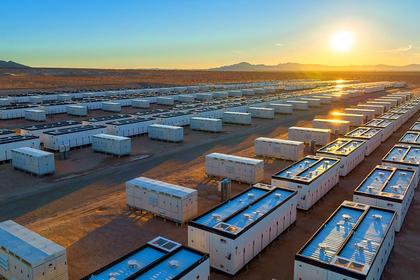
2023, November, 23, 06:15:00
U.S. BATTERY INVESTMENT $3.5 BLN
The U.S. Department of Energy (DOE) announced up to $3.5 billion from the Infrastructure Law to boost domestic production of advanced batteries and battery materials nationwide.
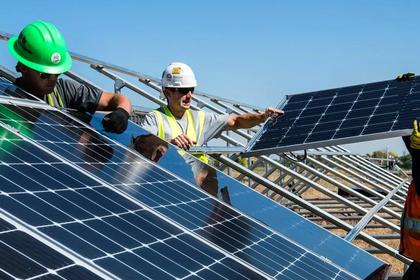
2023, October, 27, 06:40:00
U.S. ENERGY SAVINGS $18.5 BLN
Partnering entities, including more than 900 businesses, state and local governments, utilities, housing authorities, and other public and private organizations, to date have collectively saved $18.5 billion through efficiency improvements and cut harmful carbon dioxide emissions by nearly 190 million metric tons— an amount roughly equivalent to combined annual emissions of 24 million homes.
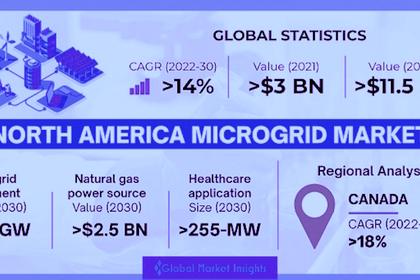
2023, October, 27, 06:20:00
U.S. MICROGRIDS INVESTMENT UP
This month, the California Public Utilities Commission announced $200 million for utilities to invest in multi-customer microgrids.
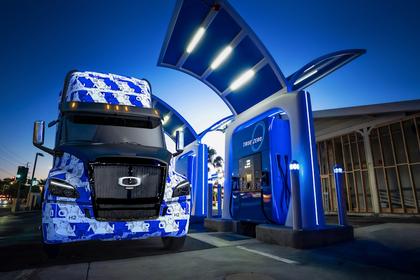
2023, October, 20, 06:15:00
U.S. HYDROGEN INVESTMENT $7 BLN
The U.S. Department of Energy (DOE) announced $7 billion to launch seven Regional Clean Hydrogen Hubs (H2Hubs) across the nation and accelerate the commercial-scale deployment of low-cost, clean hydrogen—a valuable energy product that can be produced with zero or near-zero carbon emissions and is crucial to meeting the President’s climate and energy security goals.

2023, October, 6, 06:35:00
U.S. ENERGY SAVINGS $24.8 BLN
DOE expects these standards to cumulatively save consumers $24.8 billion on their energy bills over 30 years and cut harmful carbon and methane emissions that fuel the climate crisis.
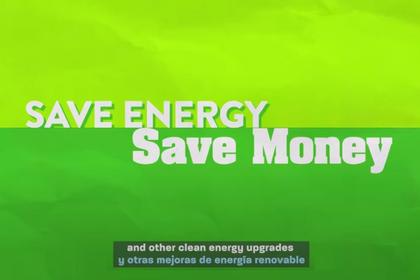
2023, August, 4, 06:25:00
U.S. ENERGY SAVING $1 BLN
The Congressionally-mandated final standards for commercial water heaters and dedicated-purpose pool pump motors along with the proposed standards for residential boilers will each conserve energy and water while cutting harmful carbon pollution.
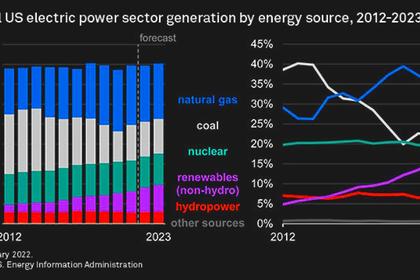
2023, June, 9, 06:25:00
U.S. CLEAN ENERGY INVESTMENT
These incentives represent the largest climate investment in U.S. history and aim to reduce emissions by approximately 40% by 2030.











